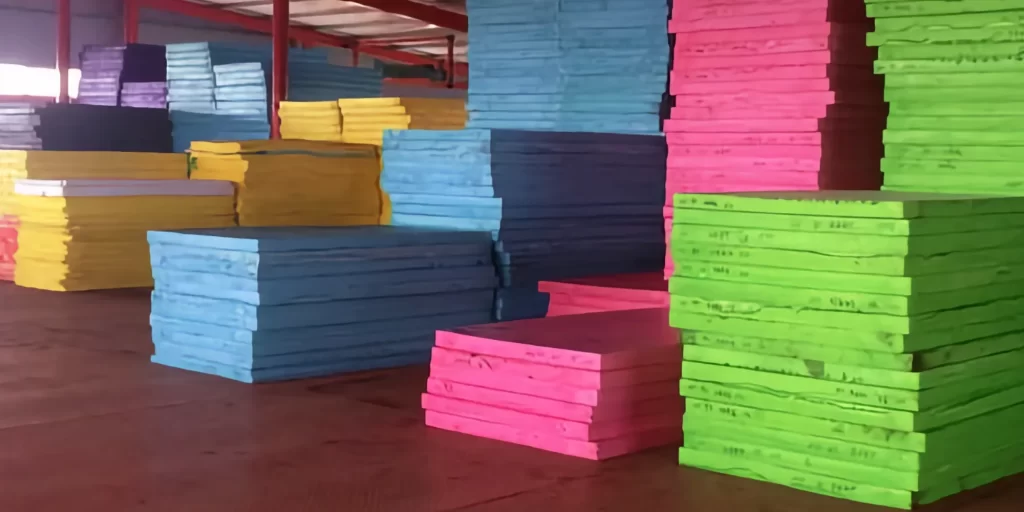EVA foam, technically known as Ethylene Vinyl Acetate, has become a staple material in the footwear industry. Its unique properties have made it the go-to choice for many shoe manufacturers, especially when it comes to crafting the perfect sole. But what makes EVA foam so special, and why is it incredibly popular in shoe soles? Let’s dive deep and learn how to identify the benefits and potential drawbacks of EVA foam in shoe soles.
1. What is EVA Foam?
EVA, or Ethylene Vinyl Acetate, is an elastomeric polymer that produces materials which are “rubber-like” in softness and flexibility. The vinyl acetate content varies between 10% to 40%, influencing the material’s characteristics. A higher percentage of vinyl acetate makes the foam softer and more flexible. EVA foam is known for its lightweight properties, shock absorption capabilities, and resistance to UV radiation.
2. Benefits of EVA Foam in Shoe Soles
EVA foam offers several advantages when used in shoe soles:
- Lightweight: EVA outsoles are among the lightest of all outsole materials, making them perfect for athletic and casual shoes.
- Shock Absorption: The foam-like structure of EVA provides excellent cushioning, reducing the impact on the foot during activities.
- Water Resistance: EVA’s closed-cell structure ensures it is non-absorbent, offering good moisture and water resistance.
- Durability: While EVA is softer than some materials, it offers a decent lifespan, especially when used in midsoles.
- Customizability: Manufacturers can adjust the density of EVA foam, allowing for different levels of hardness or softness in shoe soles.
3. The Production Process
EVA foam for shoe soles is produced through various methods, including pellet expansion, cold forming, and hot forming. The foam can be molded to fit specific designs, and the final product can be attached seamlessly to shoes. The production process ensures that the EVA foam retains its beneficial properties, making it a reliable choice for footwear.
4. Potential Drawbacks
While EVA foam offers numerous benefits, there are a few potential drawbacks to consider:
- Wear and Tear: Over time, EVA foam can lose its cushioning properties, especially if subjected to heavy use.
- Durability Concerns: EVA foam might break down quicker than materials like rubber, especially in warmer climates.
- Grip Limitations: In certain conditions, EVA might not offer the same level of grip as rubber, especially on wet surfaces.
FAQs
Q: Is EVA sole good for shoes?
A: Yes, EVA soles are lightweight, offer excellent cushioning, and are suitable for various shoe types, from athletic to casual.
Q: Is EVA foam safe in shoes?
A: Absolutely. EVA foam is non-toxic and safe for use in footwear.
Q: What are the disadvantages of EVA insoles?
A: Some potential disadvantages include reduced cushioning over time and quicker breakdown compared to materials like rubber.
Q: What is EVA in shoe soles?
A: EVA stands for Ethylene Vinyl Acetate, a type of foam used in shoe soles for its lightweight and cushioning properties.






